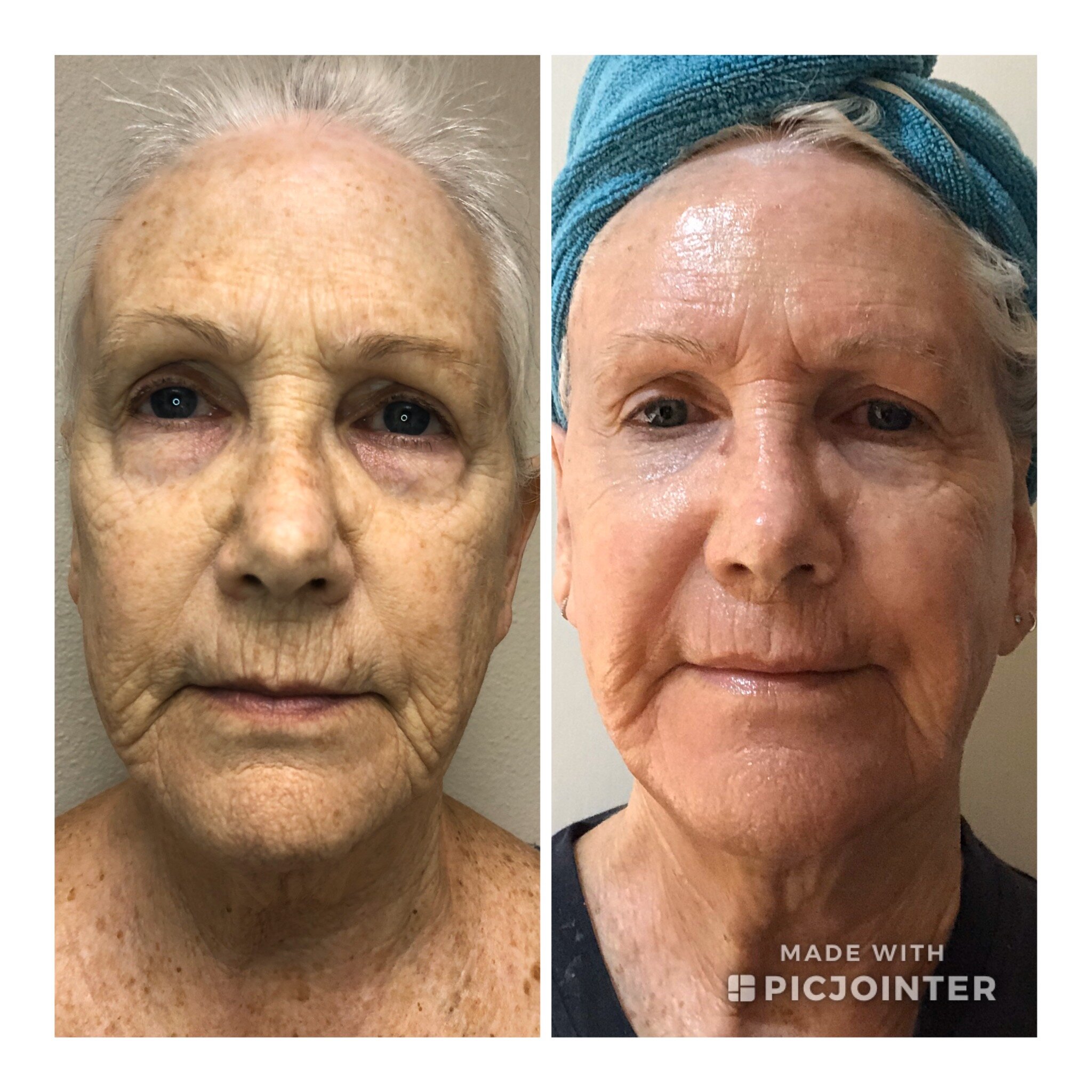Revitalize Your Skin: The Wonder of Laser Treatment
In the quest for youthful skin, many persons are exploring creative solutions that offer remarkable results. One such treatment gaining in popularity is laser treatment, a method that utilizes the power of lasers to rejuvenate the skin effectively. If you have been looking for a way to diminish wrinkles, blemishes, or uneven skin texture, the procedure may just be the answer to achieving the skin appearance you desire.
This revolutionary treatment operates by focusing on the outer layers of the skin and stimulating the growth of new, vibrant skin cells. As the laser gently takes away damaging skin, it encourages collagen production, leading to a softer and tighter look. Whether you are struggling with sun damage or the results of aging, this procedure offers a way that can renew your skin and restore your self-esteem.
What is the Laser Resurfacing?
This procedure is a cosmetic treatment that uses concentrated beams of light to enhance the texture and appearance of the skin. This technique targets specific layers of the skin, effectively removing damaged skin cells and promoting the production of collagen. As a result, it can address various skin concerns, including wrinkles, acne scars, and uneven skin tone.
Throughout the procedure, a skilled specialist uses a laser to accurately remove the outer layer of skin, allowing new, healthier skin to emerge. Depending on the depth of treatment, laser resurfacing can be categorized as either invasive or non-ablative. Ablative lasers remove the surface layer of skin, while non-ablative lasers focus on the underlying skin while not affecting the surface, making them less invasive and requiring briefer recovery times.
The advantages of laser resurfacing extend far beyond just immediate cosmetic improvements. Many patients experience enduring results, with enhanced skin tone and texture continuing to improve over time as collagen production increases. This revolutionary procedure has gained popularity for its effectiveness in revitalizing aging or damaged skin, which makes it a sought-after option for those looking to achieve a youthful glow.
Advantages of Laser Resurfacing
Laser resurfacing provides a host of advantages for those wanting to improve their skin’s look. One of the major advantages is its power to diminish the signs of aging, such as wrinkles and frown lines. By targeting the underlying layers of the skin, laser therapies encourage collagen synthesis, resulting in more elastic and more youthful skin over the long run. This revitalization can make a significant impact, helping individuals appear more fresh and invigorated.
Another important benefit of laser resurfacing is its efficacy in addressing various skin imperfections. Regardless of whether it's acne scars, sun discoloration, or inconsistent skin tone, laser technology can provide substantial improvement. The treatment aids in smoothing out flaws and returning a more uniform complexion. This versatility makes laser resurfacing suitable for a diverse set of skin variations and issues, allowing numerous individuals to reach their target goals.
Additionally, one more attractive feature of laser resurfacing is its comparatively short downtime compared to more invasive interventions. A lot of patients can resume to their daily routines within a few days, although complete recovery may take longer. This comfort makes laser procedures an attractive option for those with busy lifestyles who wish to enhance their skin without significant recovery time.
What You Can Expect During Recovery
Following laser resurfacing, your skin is expected to feel sensitive and tender and swollen. It is typical to experience redness akin to a burn from the sun, which may persist for a few days. Your doctor will give specific aftercare instructions, which include how you should clean your skin and what products to use to promote healing. It is crucial to adhere to these guidelines closely to minimize the risk of complications.
As your skin begins to heal, you might notice some peeling or flaking in the treated areas. This phase typically begins a couple of days post-treatment and can continue for about seven days. Patience is key, as the healing timeline can vary based on your skin type and the degree of the treatment. Maintaining your skin hydrated and shielded from the sun will be crucial during this time.
By the end of the recovery phase, which can vary from a couple of days to several weeks, you can expect a noticeable improvement in skin texture and tone. Although the initial redness may fade, complete results will occur as your skin continues to heal and regenerate. Remember that upholding a good skincare routine post-recovery will help maintaining your skin looking revitalized and youthful.
